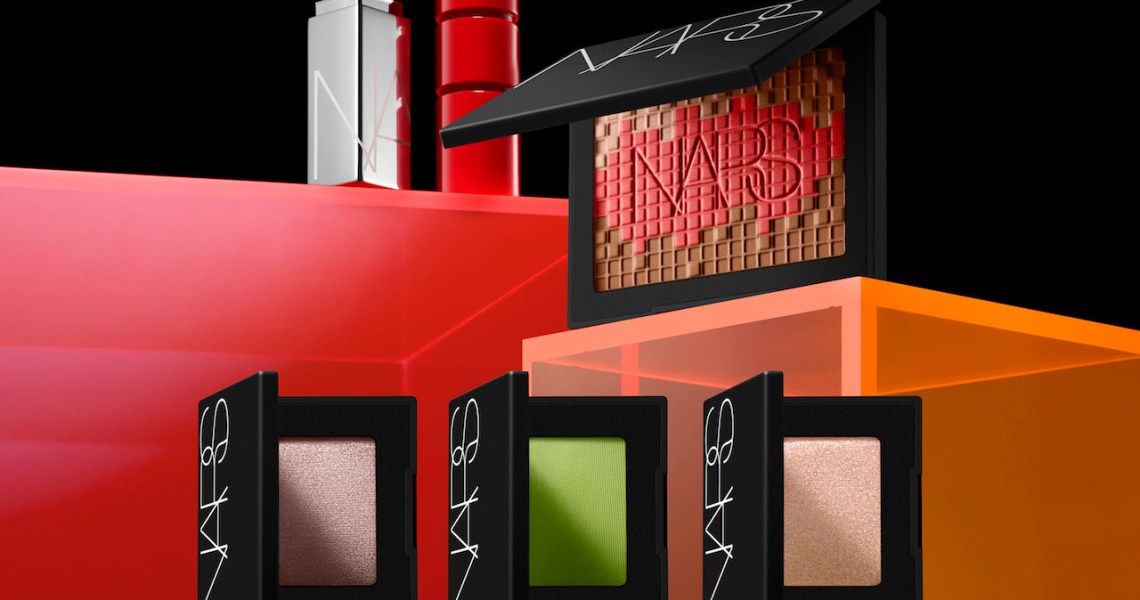Glossy+ members stay ahead of the rapidly evolving fashion and beauty industries with access to exclusive content, reports, and guides. In the Glossy guide to Tmall, we examine the platform’s dominance on the world retail stage — from what brands have learned from selling there, to what’s fueling the site’s beauty boom and how it made $30.8 billion in one day. To read the full report, click here to become a Glossy+ member.
French cosmetics and skin-care brand Nars Cosmetics first launched on Tmall in 2018 “after experiencing exciting growth in Asia,” said Benjamin Lord, the company’s executive director of global omnichannel marketing, CRM and loyalty. Beyond recognizing the importance of the Chinese consumer to the brand, Lord said the tremendous potential value in expanding into the Chinese market was a primary driver in opening a dedicated shop on Tmall.
“Overall, China is set to take over 50% of the online retail business by the end of this year, and cosmetics’ penetration is set to exceed 30%,” Lord said. “The timing was right; Tmall is one of the fastest growth drivers for high-end beauty brands, especially for lipstick, foundation and eyeshadow.”
What makes selling on Tmall unique is that the product isn’t the only priority. Tmall shoppers want to engage with a brand from all sides, including through content and events. “You can’t win on Tmall by repurposing existing brand assets and campaigns,” said Lord. “For our industry, most specifically, expectations are high. The Tmall beauty buyer is generally younger than the usual Tmall shopper, so brands must create experiences that resonate well with this audience.”
To celebrate the Nars Tmall store grand opening on Aug. 12 (which is also Chinese Valentine’s Day), the brand enlisted its makeup artists to host a livestreamed tutorial show on Taobao. They also recruited influencers on Weitao, Taobao’s social media platform that connects brands with customers, which Lord said helps “grow visibility for the brand and drive conversion on Tmall.”
Beyond influencers recommending products and looks through videos and photos on the platform, Nars worked with 10 of Weitao’s top beauty influencers, who all previewed the Chinese Valentine’s Day launch with a live broadcast. The Weitao influencers included links to products from Nars’ Tmall store on their posts. In the month following, Nars gained 486,000 followers on Taobao, Lord said, noting the investment in influencer marketing had a major payoff.
“The Alibaba ecosystem offers many types of formats for influencers to drive visibility and conversion on Tmall,” Lord said. “Tmall and Taoboa are content-rich interfaces and great for short video, livestreaming and photos encouraging shoppers and brand spokespersons to ‘hang out.’”
Ad position: web_incontent_pos1
Based on Nars’ experience, Lord said, “Tmall marketers should look at different elements to increase sales.” That may include testing “exclusive or Tmall-first product launches through Hey Box,” a marketing solution leveraging customer insights to inform and promote new releases. Or, he said, they could “fully sync the Tmall databank with their own CRM system in order to retain Tmall buyers across a variety of sales channels, including their stores and counters.”
Tmall is a highly competitive landscape, Lord said, and as a result, brands must focus on a myriad of components to be successful: The first is “bolstering the brand experience on site and through offline promotions like pop-ups.” The second is developing “rich, compelling content, ‘O2O’ [online to offline] promotions and omnichannel marketing.” The third is leaning into Tmall’s rigorous calendar of special holidays — including Super Brand Day (a brand’s official launch on Tmall), Single’s Day, Chinese Valentine’s Day and International Women’s Day — which Lord said is the best way brands can maximize results.
To read the rest of the report, become a Glossy+ member here.




